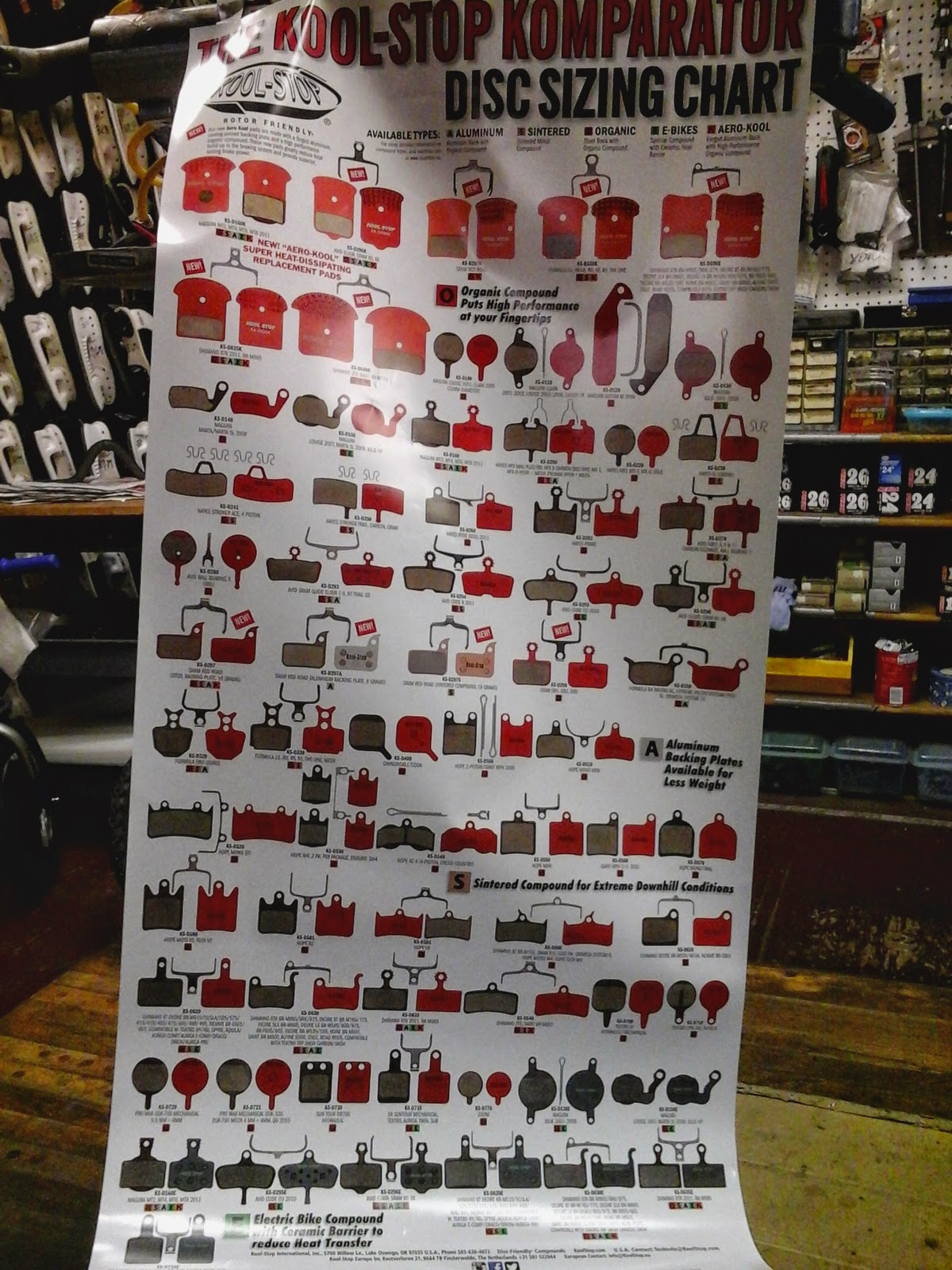Looking at that
Trek tri bike from last week I suddenly missed the days when we used to go to Interbike. Back in the 1990s we did it for competitive reasons. The mountain bike business was festering and foaming with runaway innovation and reinvention of 1890s technology. Shops competed savagely. Consumers drove many miles to save a few dollars. You had to be informed if you wanted to survive.
We had a dozen smartasses a day back then, sneering at us if we didn't have a snappy answer about every product they'd just read about in Obsessive Tech Weenie Monthly. Interbike was our chance to see nearly everything for a coming year, and collect price information from our competitors.
It also allowed me to lodge doomed protests like these cartoons:
Still as valid today. And the Japanese Juggernaut has been joined by America's conglomerate answer, SRAM, destroyer of worlds. It was a dark day when they ate Sachs-Sedis. But you have to go on.
I suppose there were people who thought the new metal tools were foolish luxury when you could just pick up a piece of flint and chip it into whatever tool shape you needed. No fire required! No ore to mine and refine! Rock on, with Flint! Am I that bad? I think not.
My main objection to the bike industry's elaborations is that they eliminate valid choices for many riders, simply for the sake of the industry's economies of scale. They change the norm to suit themselves and to serve the limited clientele that could actually benefit from the complex technology dumped on us to replace what had been simply sufficient. Even within the higher price points of the super sophisticated technology a consumer has to be careful. The bike industry has never been reluctant to throw unready product into the marketplace to let paying customers do the R&D. Maybe the stuff basically works, but it's full of bugs that bite the early adopters. That's your reward for customer loyalty. Trust us! Go ahead!
After the mountain bike boom died and Interbike moved to Vegas on dates
inconvenient for us we lost interest. Everything had gone quiet. We
could keep up with the slower pace without going to the trouble and
expense of a trip to the trade show. We weren't getting dragged through
the mud about specs and prices the way we did in the frenzied years of
The Boom. Only recently did I wish I'd been able to go for educational purposes. It still may not be worth the price of the trip, but it would give me a chance to see in real life whatever Great New Things were coming out of the industry's fire hose of obsolescence. With that information I can help customers make better decisions, or at least less bad ones.
Take the recent Trek for instance. Our customer did not consult us about it before purchasing, but say he had. If I had seen the beast at a trade show I would already have spotted the suspect bits and could tell him to be leery. Or another customer, who bought a wheel without taking into account the two different spline depths on Shimano-compatible freehub bodies, which limit your choice of cassettes.
You might advise me to read more, and you'd have a point. The bike industry and its adoring press repulse me enough to discourage me from reading a whole lot about their stuff, especially when the writeups aren't clinically critical of designs all the way down to fundamental principles. Maybe the editors and writers gave up on the ocean of crap years ago and now settle for simply describing the oily sheen on the turd-flecked surface in aesthetic terms. Or maybe they really are true believers.
I could fill a book with my observations of what technology really does provide advantages and to whom. For some riders, tinfoil chains, 18-cog cassettes and brifters are as necessary as machine guns were to modern industrialized warfare. But a rock never jams or misfires. Do you need a machine gun? Is it really worth buying, maintaining and toting around all the time? If the answer is yes, get the machine gun. My problem is that the industry always assumes the answer is yes. And when they do offer you a rock, it's a cheap, crumbly rock. And you have trouble finding much in between the rock and the machine gun.
Good stuff is out there. It goes to trade shows. The hands-on experience is far better than trying to analyze something from pictures and a written description, or even a video. At Interbike I could poke around at my own pace, generally undisturbed by booth attendants who were busy trolling for orders from the real buyers. I could look at something from whatever angle I wanted, for as long as I wanted. I don't know if I'll actually go to a trade show again, but it does seem worthwhile when it had not for so long.
My negative is your positive. I'm the guy who grabs your collar and yanks you back so you don't walk off a cliff while admiring a beautiful sunset. I'm the guy who warns you you're about to step in dog crap because you're looking up at the colorful fall foliage. While you're distracted by the attractions I'm looking for hornet's nests and poison ivy. I'm never going to be a cheerleader for anything, but that doesn't mean I hate everything. Take advantage of that. I may make you feel like an idiot for sucking up the propaganda and buying the sparkly new thing, but that's the first step on the road to deeper understanding of your tools, what they can do for you and what the industry that markets them to you really owes you. They owe you solid value and really good explanations, for a start.







.jpg)















